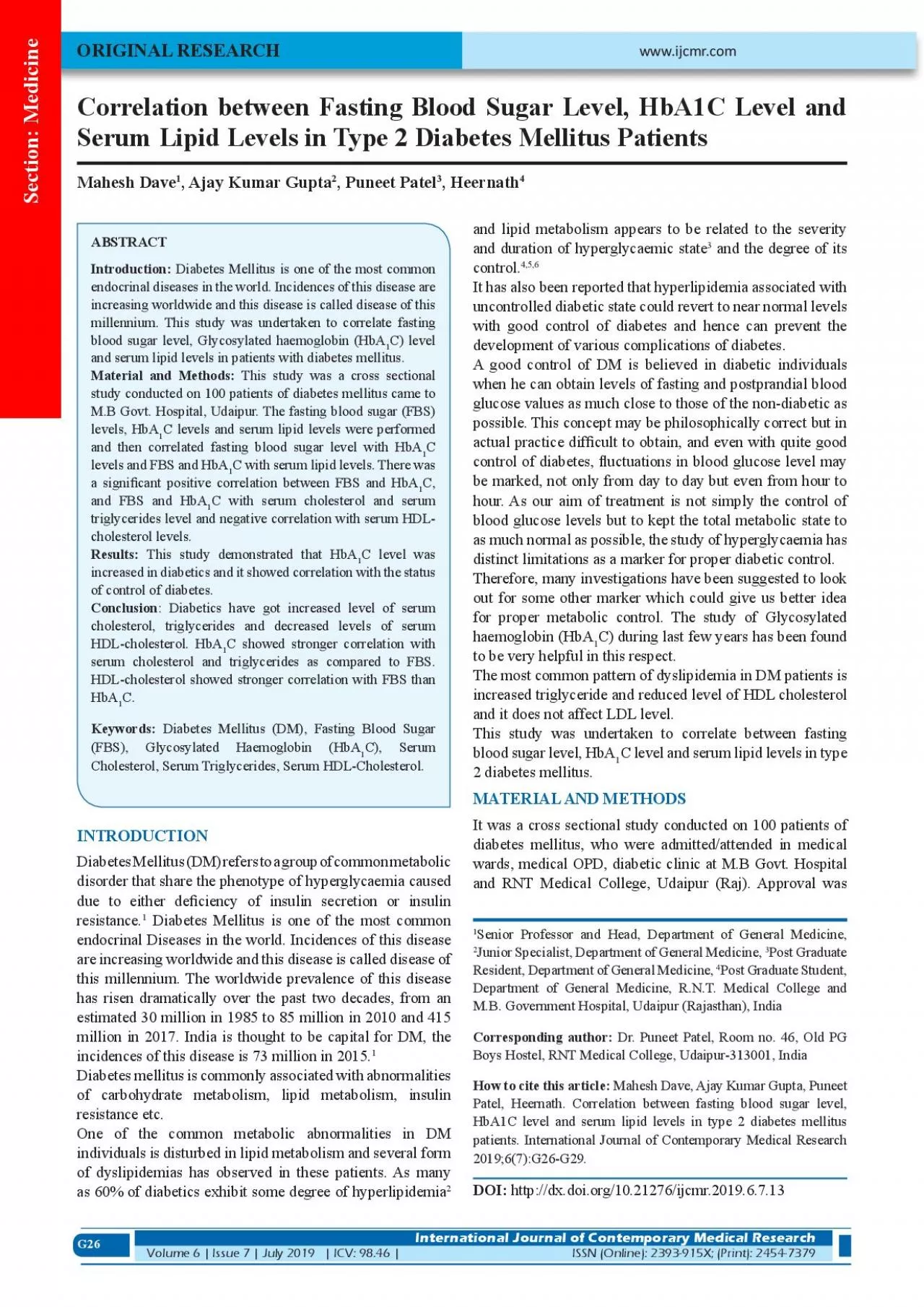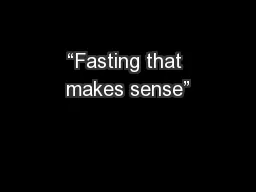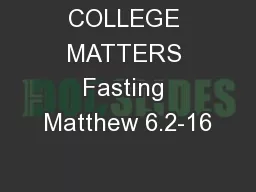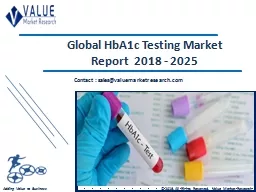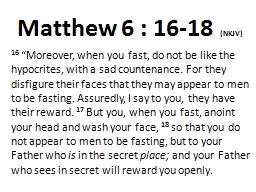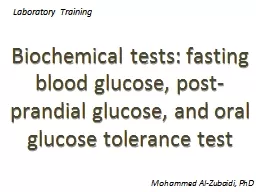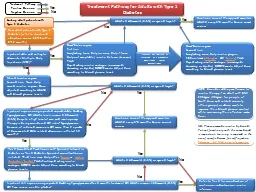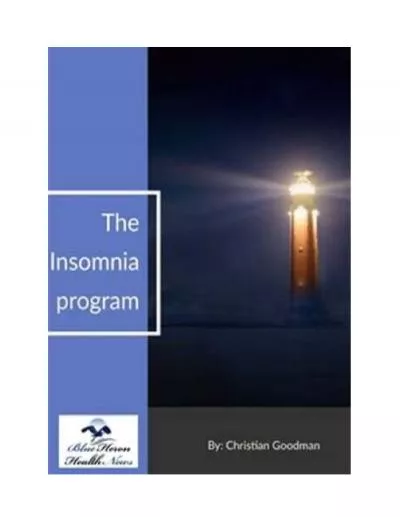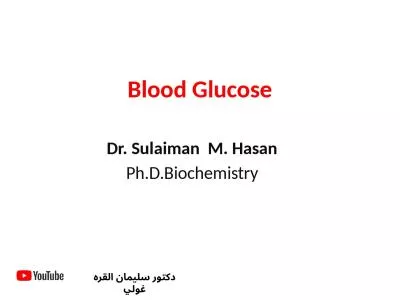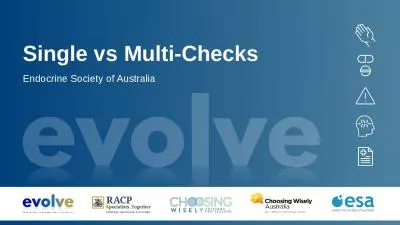PDF-Correlation between Fasting Blood Sugar Level HbA1C Level and
Author : singh | Published Date : 2022-09-21
G26 Serum Lipid Levels in Type 2 Diabetes Mellitus Patients Mahesh Dave 1 Ajay Kumar Gupta 2 Puneet Patel 3 Heernath 4 ORIGINAL RESEARCH Introductionendocrinal
Presentation Embed Code
Download Presentation
Download Presentation The PPT/PDF document "Correlation between Fasting Blood Sugar ..." is the property of its rightful owner. Permission is granted to download and print the materials on this website for personal, non-commercial use only, and to display it on your personal computer provided you do not modify the materials and that you retain all copyright notices contained in the materials. By downloading content from our website, you accept the terms of this agreement.
Correlation between Fasting Blood Sugar Level HbA1C Level and: Transcript
Download Rules Of Document
"Correlation between Fasting Blood Sugar Level HbA1C Level and"The content belongs to its owner. You may download and print it for personal use, without modification, and keep all copyright notices. By downloading, you agree to these terms.
Related Documents

